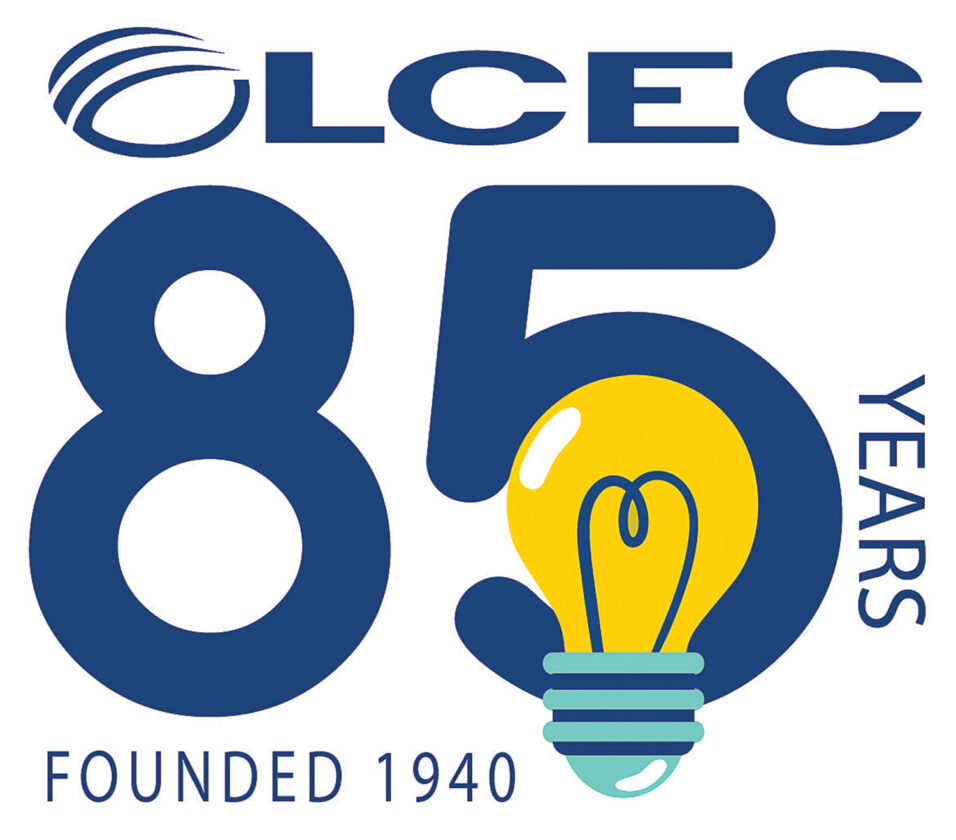Collaborative Conservation Yields Positive Outcomes for Burrowing Owls in Cape Coral
The results are in from the 2025 Cape Coral Burrowing Owl Census, and the news is nothing short of remarkable: 7008 owls were counted during the weekend of May 17–18! This marks a significant increase from the approximately 5,200 owls recorded in 2024 and continues an encouraging upward trend in population growth since 2017.
Why Are Burrowing Owls Thriving in Cape Coral?
This success story is a testament to the collaborative efforts between the City of Cape Coral, the community, Florida Fish and Wildlife Commission (FWC) and Cape Coral Friends of Wildlife (CCFW). Together, they’ve created an environment in which this threatened species can not only survive—but thrive.
City Leadership and Habitat Protection:
City staff have played a key role by actively enforcing regulations to protect the owls and meticulously recording every reported burrow on an interactive online map. In 2024, the City began acquiring land for wildlife habitat, made possible through a grant from FWC.
Community Engagement:
Cape Coral residents continue to embrace their feathered neighbors. Hundreds of citizens contacted CCFW via our hotline (239-980-2593) and through our website ccfriendsofwildlife.org, reporting new burrows or raising concerns. More and more homeowners are installing starter burrows in their yards, inviting owl families to share their green space.
Support from the State of Florida:
The Florida Fish and Wildlife Conservation Commission has increased its focus on supporting burrowing owl conservation in urban areas via land acquisition, a starter burrow monitoring program and educational tools.
Volunteer Commitment:
CCFW volunteers collectively contribute thousands of hours annually, assisting with marking new burrows, maintaining habitat by trimming vegetation, installing starter burrows, and educating the public.
A Perfect Match for Urban Habitat
Honey Phillips, MS, CSE, CPRP, Recreation Program Supervisor for the City of Cape Coral, has studied the owls for nearly a decade. She notes that burrowing owls are particularly well-adapted to Cape Coral’s unique urban landscape. “The open, low-mowed lots create a prairie-like habitat,” she explains, “and the abundance of artificial lighting attracts insects—providing a rich food source for owls.” Additionally, owls often utilize porches and building eaves as daytime shelters.
Environmental Conditions Contribute
Weather patterns may also have played a role in this year’s population increase. The recent drought reduced instances of burrow flooding, a hazard during chick-rearing season.
Continued Vigilance is Essential
While these are promising results locally, burrowing owls as a species are state-listed as threatened by the FWC and conservation efforts are of critical importance. Nick
Jennings, FWC Avian Conservation Coordinator notes that “while some urban populations are showing encouraging trends, others may be more vulnerable, and we still have much to learn about populations and trends of burrowing owls living outside of urban areas. Although they can thrive in urban environments, studies show their success may decline when areas reach a certain development threshold. That’s why urban conservation efforts are so critical.”
Habitat loss, automobile strikes, and secondary poisoning from rat poison remain ongoing threats.
How You Can Help the Burrowing Owls:
- Avoid using rat poison, which can harm owls through secondary poisoning.
- Reduce or eliminate the use of pesticides.
- Install a starter burrow in your yard.
- Volunteer or donate to support conservation efforts through Cape Coral Friends of Wildlife: ccfriendsofwildlife.org



